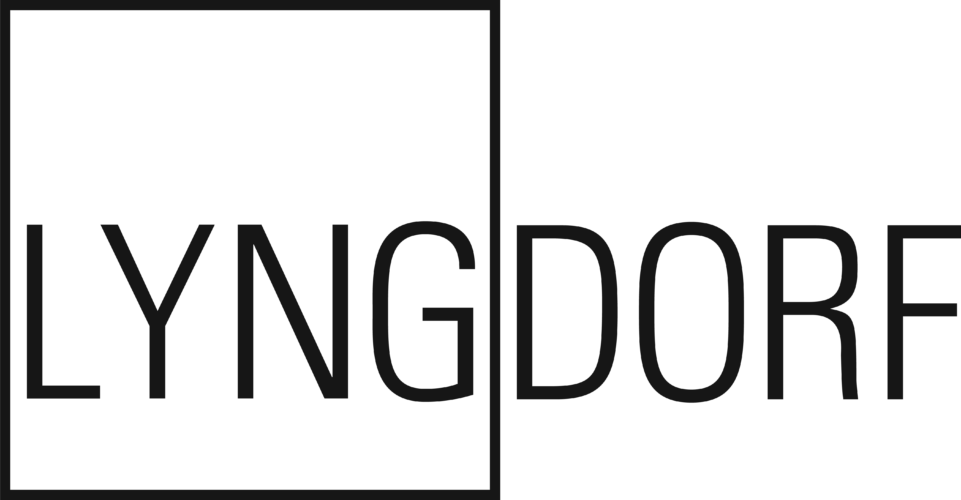Support
for D-5, D-5 IC & D-5 IC N
FAQ
#01 Can the D-500 and D-5 models be combined?
Yes. The actual combination of D speakers depends on the room size, expected volume levels, wall construction, and budget split between the speakers.
#02 Are the D-5 models only for surround and immersive audio?
No, they can be used all around. The best and most enveloping surround sound in a home cinema is achieved when all channels are as similar as possible. When combined with two or more BW-20 woofers, a complete D-5 speaker setup will provide a great surround or immersive audio experience.
#03 Which speaker size should be set in the MP-40 / MP-50 / MP-60 menu?
The D-5 models can handle frequencies down to 80Hz (-3dB). Depending on the room size and subwoofers used, the recommended speaker setting is S. Even though the D-5 could reproduce frequencies below 80Hz, the S setting lets the D-5 roll off around 100Hz and play effortlessly within its ideal frequency range.
The speaker EQ must be set to Lyngdorf D-5 or D-5 IC.
#04 What is the difference between D-5 and D-5 IC N?
Both models are speakers for surround and immersive audio systems. The D-5 is ideally suited as a surround and rear speaker, or as an in-ceiling speaker when mounted directly above the listeners. The D-5 IC and DS-5 IC-N are in-ceiling speakers with an angled, adjustable tweeter, which is ideal when mounted in the ceiling behind, in front, or sideways of the listening area. The sound will then beam down and inwards, towards the listeners.
#05 What is the difference between D-5 IC and D-5 IC N?
The IC stands for in-ceiling, while the N stands for narrow. The only difference is the more narrow enclosure, designed to fit mounting spaces between joists and narrow bars. Both models have a square cover grill, so that surround, rear and ceiling speakers match visually.

